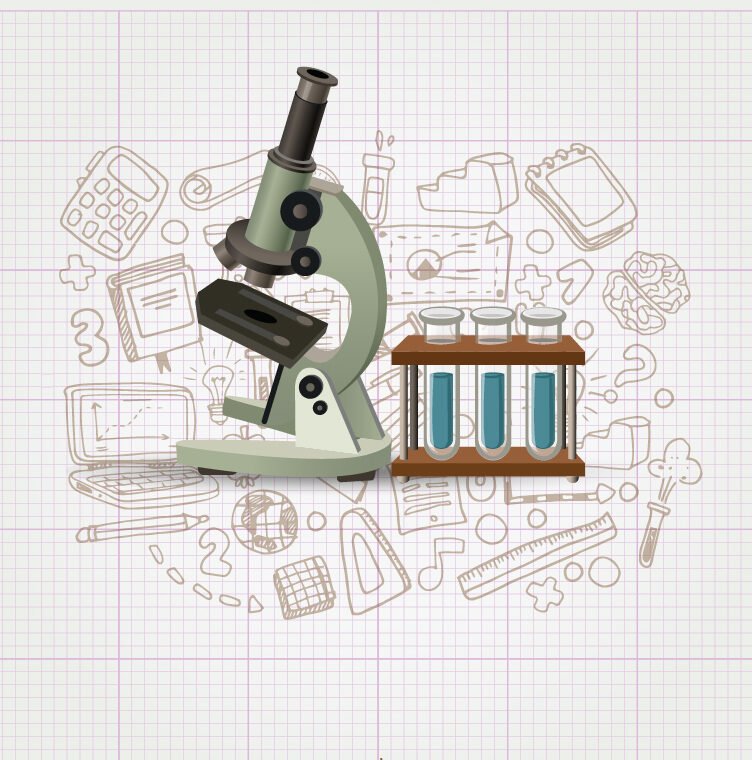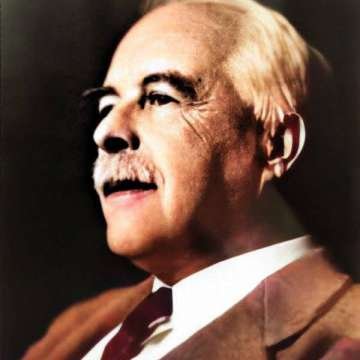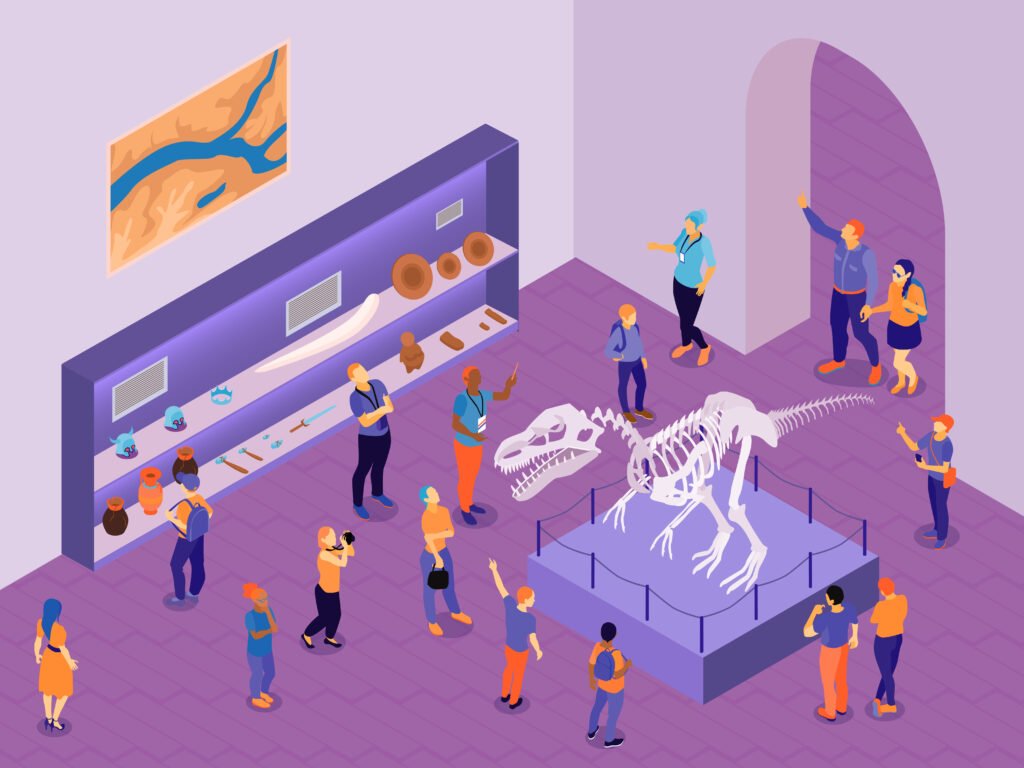The online chemical bond simulations on this page will help us learn about this important property of materials. We will discover what they are, the main types of chemical bonds, and some of their most notable properties.
What is a chemical bond
A chemical bond is the force that holds two or more atoms together to form a molecule or compound. This union occurs because atoms seek to achieve a more stable electronic configuration, usually by completing their outer electron shell. Thanks to chemical bonds, elements can combine and form a huge variety of substances with different properties. Understanding what a chemical bond is is essential to understanding how substances are structured and behave in nature and in chemical processes.
Types of chemical bonds
There are different types of chemical bonds, which differ in the way atoms share or transfer electrons to achieve stability. The three main types are ionic, covalent, and metallic bonds. Each has its own characteristics that determine the physical and chemical properties of the compounds formed.
Ionic bond
An ionic bond is formed when one atom gives up one or more electrons to another atom, thus generating oppositely charged ions that are electrostatically attracted to each other. This type of bond is common between metals and non-metals and gives rise to compounds called salts, such as sodium chloride (NaCl). Ionic compounds tend to have high melting points and be soluble in water.
Covalent bond
A covalent bond occurs when two atoms share one or more pairs of electrons to achieve a stable electronic configuration. This type of bond usually occurs between nonmetals and can be classified as single, double, or triple covalent, depending on the number of shared electron pairs. In addition, covalent bonds can be:
Polar. When electrons are shared unevenly due to differences in the electronegativity of atoms, generating a partial charge distribution.
Non-polar. When electrons are shared equally between atoms with similar electronegativities.
Compounds with covalent bonds tend to have lower melting and boiling points than ionic compounds and may be soluble in non-polar solvents.
Metallic bond
The metallic bond is characterized by the union between metal atoms, in which the valence electrons are delocalized and form a “cloud” of free electrons that move around a structure of positive nuclei. This free mobility of electrons is responsible for many characteristic properties of metals, such as electrical and thermal conductivity, malleability, and metallic luster.
Metallic bonds allow metals to form solid and resistant structures, making them essential for numerous materials and technological applications.
Properties of chemical bonds
Chemical bonds determine many of the physical and chemical properties of substances. Some important properties related to bonds are:
Bond strength. The energy required to break a chemical bond varies depending on its type; strong ionic and covalent bonds require more energy than weaker bonds.
Bond length. This is the average distance between the nuclei of the bonded atoms; shorter bonds tend to be stronger.
Polarity. This depends on how the electrons are distributed in the bond; it affects properties such as solubility and boiling point.
Conductivity. Metallic bonds allow electron mobility and, therefore, electrical conductivity, while ionic and covalent bonds have variable conductivities.
Melting and boiling points. Bond strength influences the temperatures at which a substance changes state.
These properties are essential for understanding how materials behave under different conditions and how they interact with their environment.
Importance and applications of chemical bonds
Chemical bonds are fundamental in many areas of science and everyday life. In biology, covalent and hydrogen bonds maintain the structure of essential molecules such as DNA and proteins, enabling living organisms to function properly. In industry and technology, metallic and ionic bonds are the basis for the manufacture of materials such as metals, ceramics, and salts, which have applications in construction, electronics, and medicine.
Understanding how chemical bonds form and behave is key to the development of new materials, medicines, and chemical processes that improve our quality of life and contribute to technological innovation.
Explore the exciting STEM world with our free, online simulations and accompanying companion courses! With them you'll be able to experience and learn hands-on. Take this opportunity to immerse yourself in virtual experiences while advancing your education - awaken your scientific curiosity and discover all that the STEM world has to offer!
Chemical bond simulations
- Ionic
- Forces
- Covalent
- Hydrocarbons
- Polarity
Ionic bond
Ionic bonding occurs by the passing of electrons between atoms giving rise to stable cations and anions. Notice what happens to the electrons as the atoms approach each other.
Forces in an ionic bond
Two forces are involved in ionic bonding, one attractive and one repulsive. Notice how these forces change depending on the distance between the ions.
Covalent bond
Covalent bonding occurs by the sharing of electron pairs between two atoms. Notice what happens to the electrons when the atoms are brought closer together.
Covalent hydrocarbon bonds
This simulation allows us to build hydrocarbon molecules by combining carbon and hydrogen atoms.
Molecule polarity
When is a molecule polar? Change the electronegativity of the atoms in a molecule to see how it affects polarity. See how the molecule behaves in an electric field. Change the bond angle to see how it affects the polarity shape.
File
Giants of science
“If I have seen further, it is by standing on the shoulders of giants”
Isaac Newton

Edme Mariotte
–

Michael Faraday
–
Become a giant


The Physics of Electronic Polymers (PEP)



Energy to Electrochemistry Final Exam



Electrochemistry



Big Bang and the Origin of Chemical Elements



Preparing for CLEP Chemistry: Part 1



Pre-University Chemistry




























